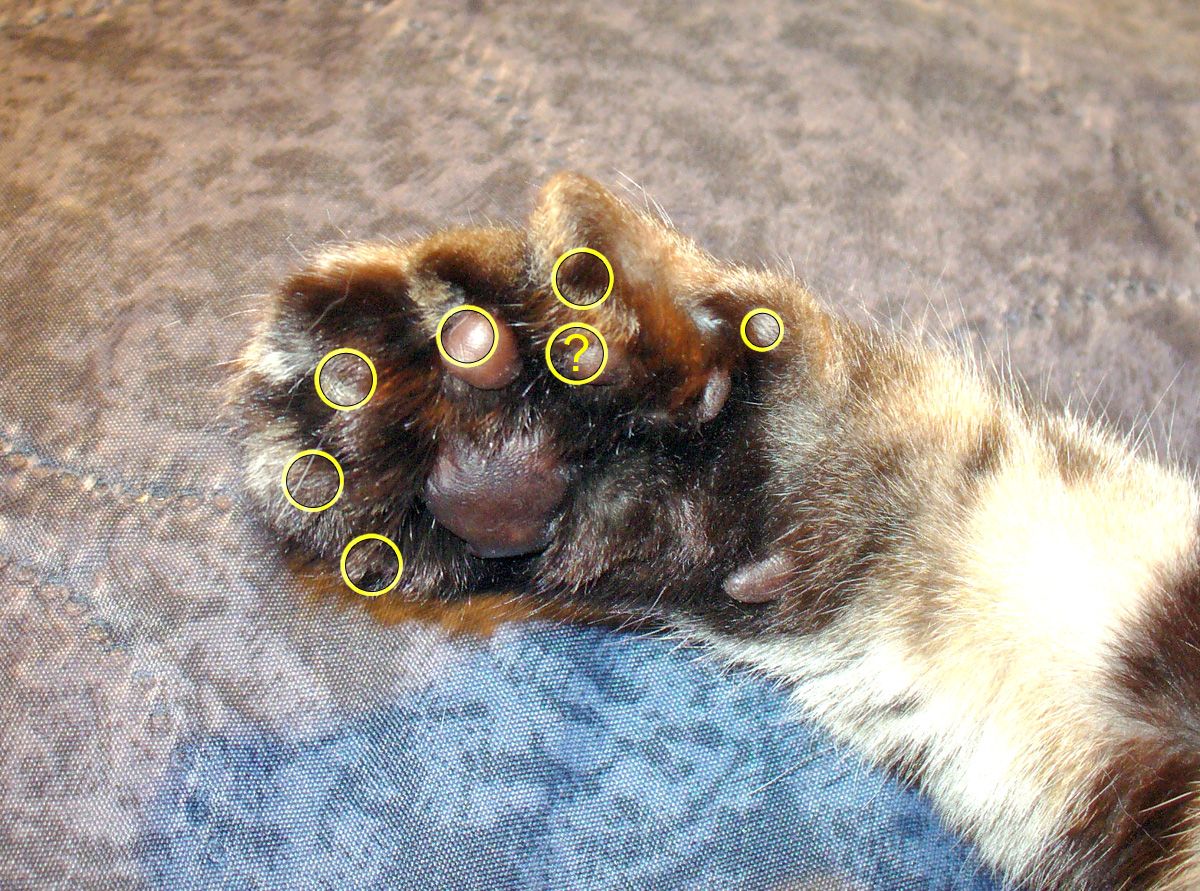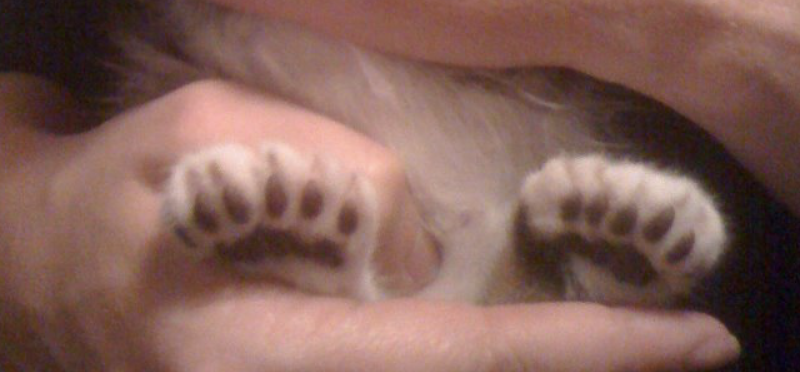What is Polydactyly?
Polydactyly, or hyperdactyly, is a congenital physical anomaly seen in cats, where the cat is born with more than the usual number of toes on one or more paws. This fascinating genetic trait is most commonly found along the East Coast of North America, particularly in the United States and Canada, as well as in South West England and Wales.

Occurrence and Genetics
Polydactyly is a congenital abnormality often inherited in an autosomal dominant manner. Some cases are linked to mutations in the ZRS, a genetic enhancer regulating the sonic hedgehog (SHH) gene. The SHH protein plays a crucial role in the development of limbs and digits. While normal cats have 18 toes, polydactyl cats can have as many as nine digits on their front or hind paws. Notably, it's more common for polydactyly to occur on front paws, with hind paw polydactyly being rare.
Historical Significance
Polydactyl cats have a rich history, particularly as ship's cats. Controversy exists over whether this trait originated in New England or was brought from Britain, but it is widely agreed that it spread through cats on ships, especially those originating in Boston, Massachusetts. Sailors valued polydactyl cats for their exceptional climbing and hunting skills, considering them good luck at sea. The rarity of polydactyl cats in Europe might be attributed to superstitions about witchcraft.

Notably, there is a circle with a question mark, indicating the possibility of a separate digit. Additionally, the rightmost circle represents a small, underdeveloped, and clawless digit. This visual representation provides insight into the intriguing variations that can occur in the paw structure of polydactyl cats.
Famous Polydactyl Cats
Author Ernest Hemingway was a renowned aficionado of polydactyl cats, having been given a six-toed cat named Snowball by a ship captain. Upon Hemingway's death, his home in Key West, Florida, became a museum housing approximately 50 descendants of his cats, half of which are polydactyl. Due to Hemingway's love for these cats, they are sometimes referred to as "Hemingway cats."
Nicknames and Breeds
Polydactyl cats go by various nicknames such as Hemingway cats, mitten cats, conch cats, and more. Two specific breeds recognized by some cat fancier clubs are the American Polydactyl and Maine Coon Polydactyl. The American Polydactyl is bred as a distinct cat breed with specific characteristics, while the polydactyl form of the Maine Coon is also recognized.
Genetics Insights
The genetic basis of polydactyly involves mutations in the ZRS area, with various mutations leading to this trait. Notably, polydactyly in the Maine Coon cat (Hemingway mutant) is associated with a mutation in the cis-regulatory element ZRS.
Conclusion
Polydactyl cats, with their charming and unique paws, have captured the attention and affection of cat lovers worldwide. Whether sailing the seas or lounging in Hemingway's former home, these cats continue to leave their paw prints on history and folklore, showcasing the intriguing intersection of genetics and feline charm.
